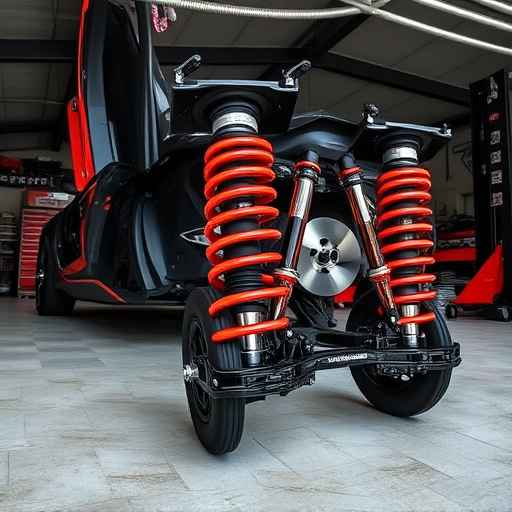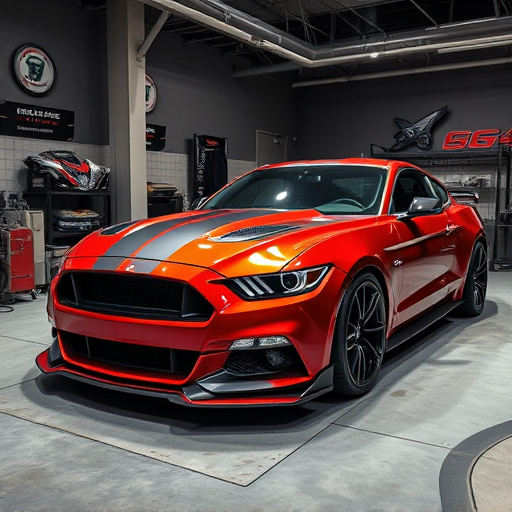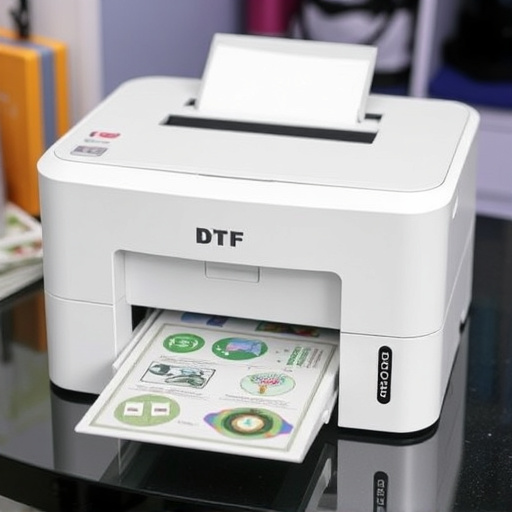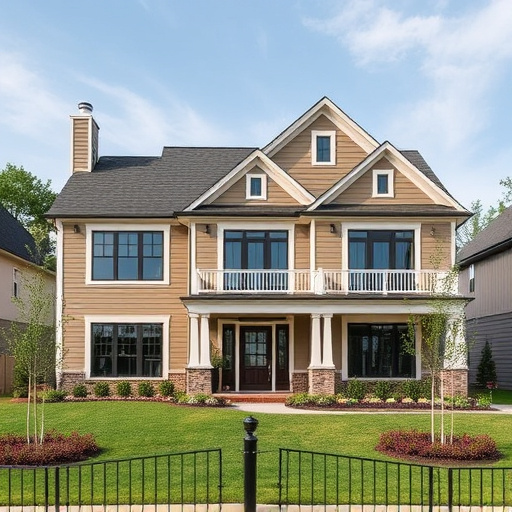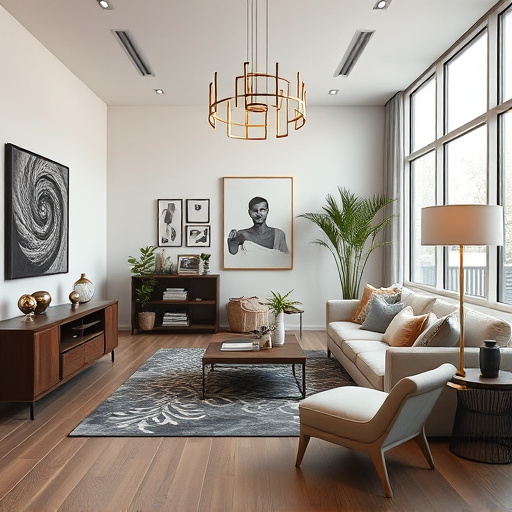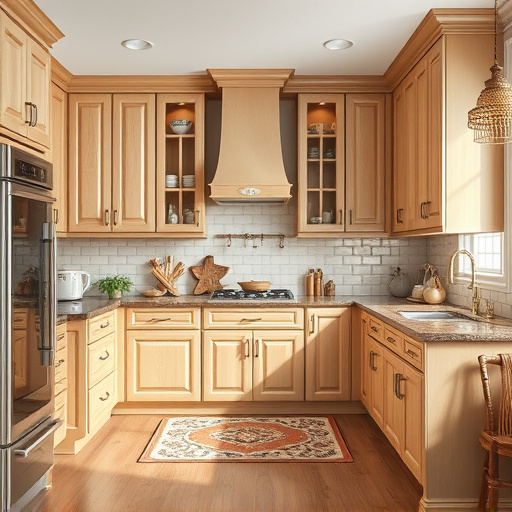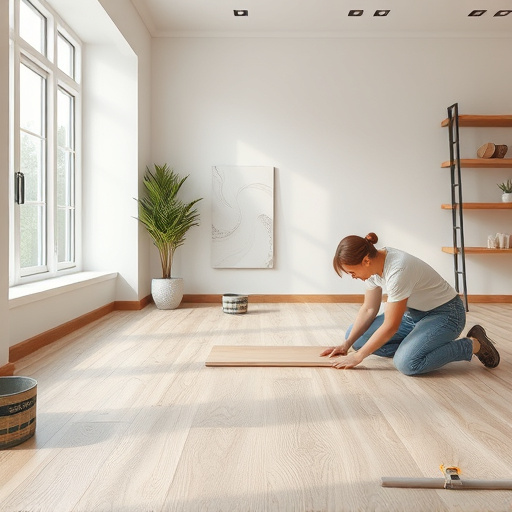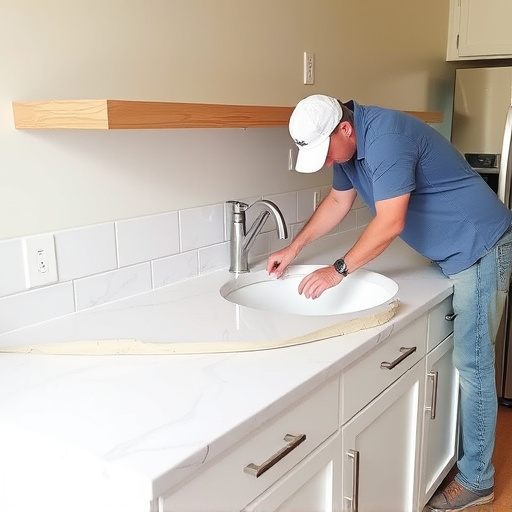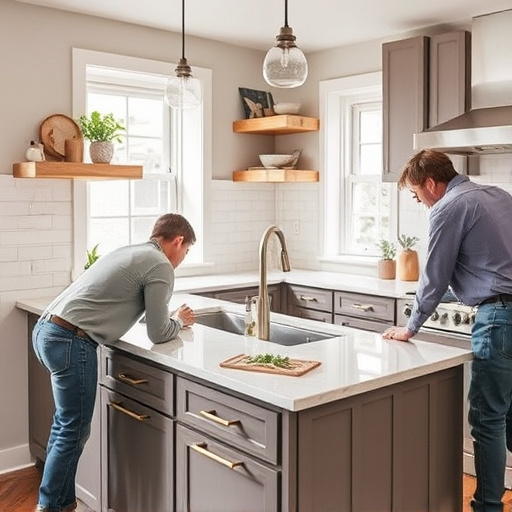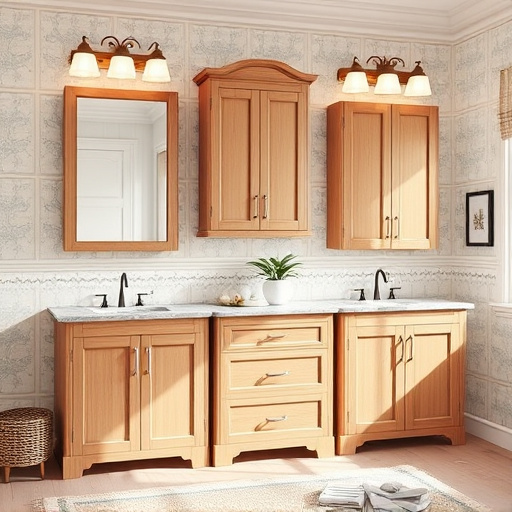In the post-COVID era, commercial design is evolving with hybrid work models, prioritizing flexibility and adaptability. Traditional offices transform into mixed collaborative-private spaces while residential renovations incorporate versatile areas for dual professional and personal use. Health and wellness are key trends, with businesses adopting flexible layouts, natural elements, and smart technology like automated systems and IoT for enhanced safety, productivity, and sustainability in commercial design.
Post-COVID world has reshaped how we work, leading to a surge in flexible commercial design layouts. As organizations embrace hybrid work models, spaces are evolving to accommodate diverse needs. This article explores three key trends: reimagining offices for hybrid work, prioritizing employee health and wellness, and integrating technology to create smart commercial spaces. Discover how these innovations not only cater to new workplace dynamics but also enhance productivity, comfort, and overall well-being.
- Reimagining Spaces: The Rise of Hybrid Work
- Health and Wellness: Prioritizing Employee Safety
- Technology Integration: Smart Commercial Spaces
Reimagining Spaces: The Rise of Hybrid Work
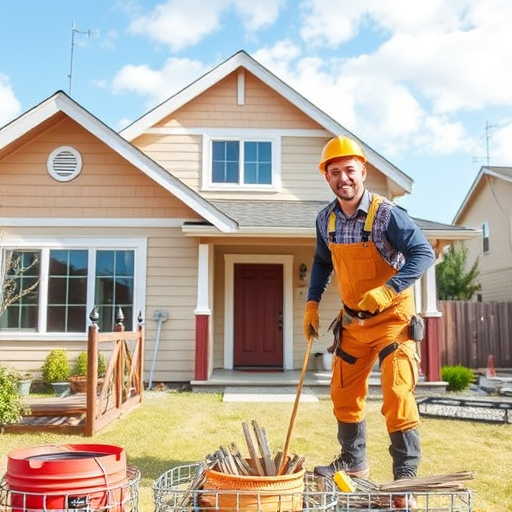
In the post-COVID world, businesses are embracing a new paradigm—hybrid work models. This shift has led to a profound rethinking of commercial design layouts, where flexibility and adaptability are at the forefront. The traditional office space is no longer a rigid entity; instead, it’s transforming into an adaptable environment that accommodates various work styles. Architects and designers are now focusing on creating hybrid spaces that seamlessly blend collaborative areas with private zones, reflecting the dual nature of modern work preferences.
This reimagining extends beyond the boundaries of commercial buildings, as the concept finds its parallel in residential transformations and home additions. As people have grown accustomed to working from home, there’s a growing demand for spaces that can serve both professional and personal needs. Residential renovations are incorporating more versatile areas, blurring the lines between work and leisure, just as commercial design layouts are doing. This trend underscores a broader shift towards adaptability in design, ensuring spaces cater to the evolving requirements of modern lifestyles.
Health and Wellness: Prioritizing Employee Safety
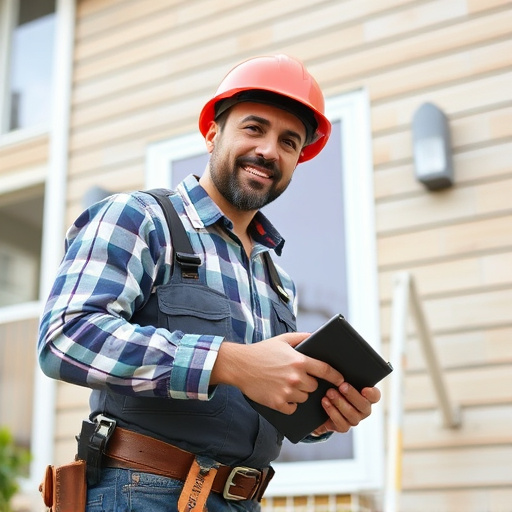
In the post-COVID world, health and wellness have become paramount in commercial design layouts. As businesses reopen, employers are prioritizing employee safety by reconfiguring office spaces to adhere to social distancing guidelines. This shift has led to a surge in demand for flexible and adaptable designs that can easily accommodate changing needs and layouts. Incorporating features such as adjustable desks, mobile partitions, and enhanced ventilation systems is becoming standard practice. These changes not only ensure a safer working environment but also foster a sense of comfort and well-being among employees.
This renewed focus on health and wellness extends beyond offices to other types of commercial spaces like kitchen renovations and home additions. As people spend more time in their workplaces and homes, functional spaces that promote physical activity, mental clarity, and social interaction are gaining importance. Designers are incorporating elements such as natural lighting, greenery, and open layouts to create environments that support overall well-being. This trend is driving innovative approaches in commercial design, transforming spaces into not just places of work but also hubs for healthier living and collaboration.
Technology Integration: Smart Commercial Spaces
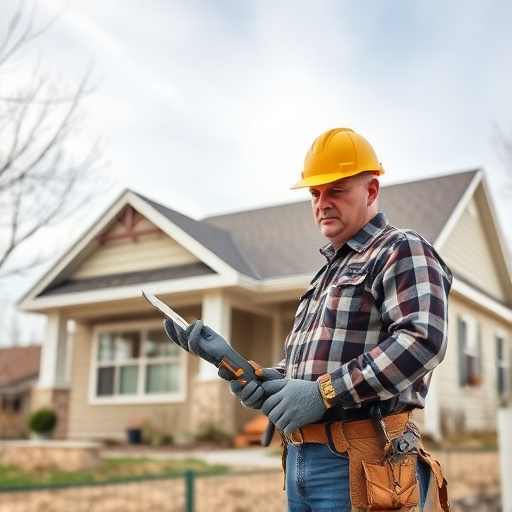
As we emerge from the shadows of the pandemic, the commercial design landscape is undergoing a significant transformation, with technology integration at the forefront. Smart buildings and spaces are no longer a futuristic concept but an essential aspect of modern commercial design. The COVID-19 crisis has accelerated digital adoption, leading to innovative solutions that enhance productivity, safety, and sustainability. For instance, automated entry systems, touchless technologies, advanced ventilation, and smart lighting are becoming standard features in office spaces. These integrations not only cater to the new normal of remote work but also offer long-term benefits such as reduced operational costs and improved energy efficiency.
This shift towards technology-driven commercial design is evident in various sectors. From smart kitchens in restaurants, where digital systems streamline food preparation and service, to bathroom renovations incorporating automated fixtures for enhanced hygiene, these developments are reshaping the way we interact with spaces. The integration of Internet of Things (IoT) devices allows for real-time data analysis, enabling property managers to optimize resource usage and create more adaptable environments. As a result, commercial design is becoming increasingly flexible, catering to the evolving needs of businesses and employees in post-COVID times.
As we continue to navigate an ever-changing post-COVID landscape, flexible commercial design layouts have become a game-changer in the business world. By adopting hybrid work models, prioritizing health and wellness measures, and integrating smart technology, commercial spaces are not only adapting but enhancing productivity and employee satisfaction. These trends signal a future where commercial design embraces flexibility, sustainability, and innovative solutions, ensuring vibrant and thriving workspaces for years to come.
